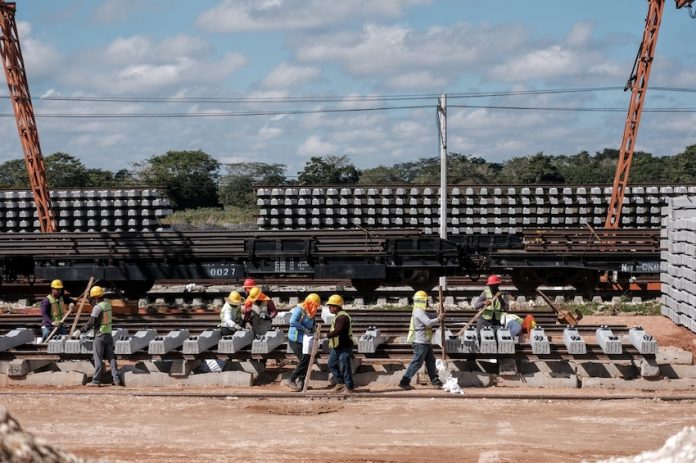Over 20,000 jobs in the formal sector were created in Querétaro from January to April of this year, according to the Mexican Social Security Institute (IMSS).
During the first four months of 2023, 20,360 formal sector jobs were added in the state, representing an 11.8% increase in new jobs compared to the same period in 2022, which saw the creation of 18,217 new jobs in the formal sector.

Job growth in Querétaro peaked in February, with a total of 7,539 new positions created; January saw 6,068 new jobs created and March saw 5,225.
By April, the number of new jobs had slowed to 1,528. However, according to IMSS, this is not abnormal, as the Easter holiday typically coincides with a stagnating job market. Likewise, April 2022 saw the addition of only 1,177 new jobs.
The state has already created in the first four months of the year 60% of the total generated in all of 2022. Based on this momentum, Querétaro’s Minister of Sustainable Development Marco del Prete Tercero predicted that the state will add between 30,000 and 32,000 new jobs by the end of 2023.
With the new figures, there is now a total of 682,962 formal workers in the state, an increase of 5.6% compared to last year. Formal workers are those registered with the Mexican Social Security Institute (IMSS), as opposed to workers who are not registered with IMSS, a number obtained quarterly by the nation’s statistics agency (INEGI) via a survey of workers.

At the state level, Querétaro saw the sixth-highest increase in formal sector employment as of the end of April. Ranked No. 1 was Tabasco, with an increase of 10.9%; then Baja California Sur with 8.8%; followed by Quintana Roo with 8.4%, Tlaxcala with 7.4% and Nayarit with 6.3%.
The states that saw the lowest formal sector growth were Tamaulipas with 0.1%, Morelos and Durango with 0.8% each and Zacatecas at 0.9%.
Overall, Mexico’s formal economy has shown signs of healthy development. Earlier this year, IMSS reported that the total number of people in formal sector IMSS-affiliated jobs rose by 423,384 between January and March, a 10% increase compared to the first quarter of 2022.
Currently, 21.8 million workers are employed in Mexico’s formal economy, which represents just over one-third of the economically active population.

According to INEGI, most states in the country also saw their unemployment rates decrease in March. Only eight states experienced higher unemployment in March 2023 compared to the same period last year.
Across the country, construction, transportation, communications, commerce and business services were the sectors that created the most formal jobs.
With reports from El Economista
